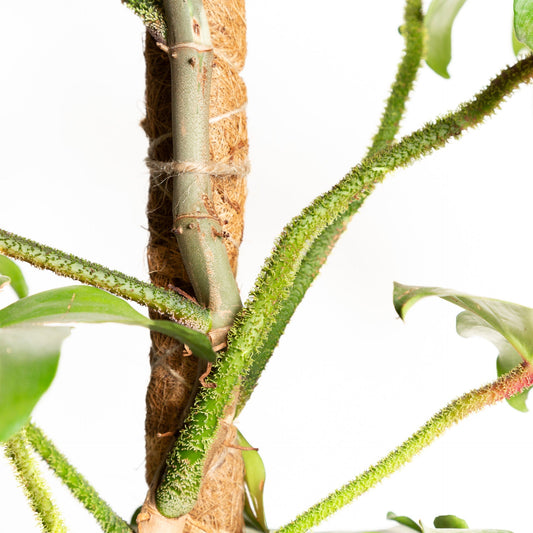
Decoding Mealybugs: A guide to their lifecycle and how to get rid of them
Mealybugs, those tiny, cottony invaders, can be startling to find on your precious plant collection. However, armed with a little information you can easily evict these unwanted guests from your plant. In this article we'll help you understanding their lifecycle, the reasons they target plants, and natural treatment options can help you take control of the situation and ensure your leafy friends remain healthy and thriving.

Mealybug Lifecycle:
Getting to know the mealybug's lifecycle is essential for effectively managing and preventing infestations. The stages include:
- Egg Stage: The life cycle begins with the deposition of small, oval-shaped eggs by the female mealybugs. These eggs are often laid in a protective cottony mass, and they can be found on plant leaves, stems, or other surfaces.
- Crawler Stage: Once the eggs hatch, they release tiny, mobile nymphs known as crawlers. These crawlers are usually pale and can move around to find suitable feeding sites. They are also vulnerable to environmental factors and predators.
- Nymph Stage: After settling on a suitable feeding site, the crawlers molt and enter various nymphal stages. During these stages, they secrete a waxy substance that creates the characteristic mealy white or powdery appearance, which serves as a protective barrier against predators and environmental stress. The number of nymphal stages can vary among different mealybug species.
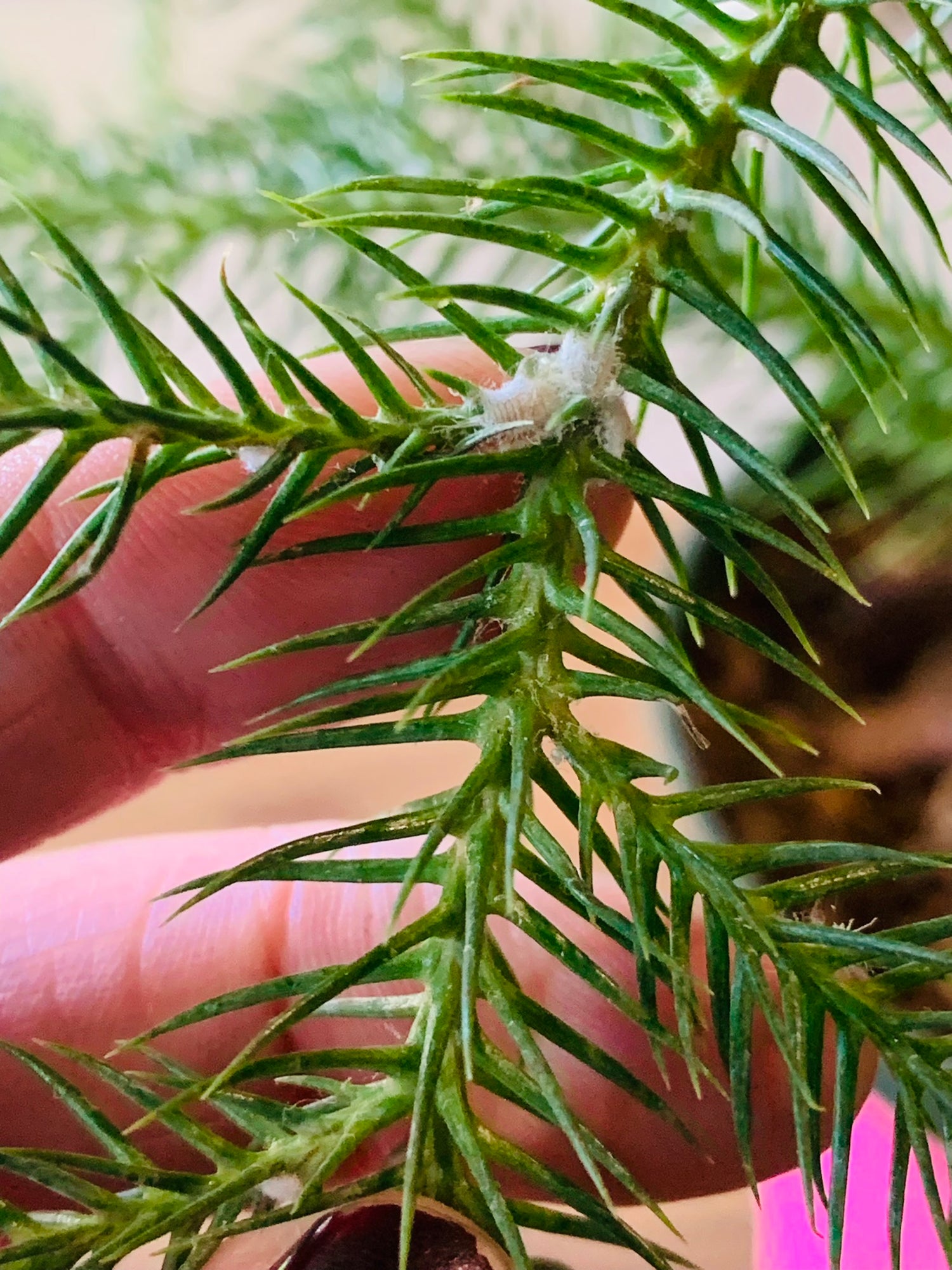
- Adult Stage: Eventually, the nymphs develop into adult mealybugs. Adult females are typically wingless, and they continue to feed on the plant sap. Adult males, on the other hand, are generally smaller and have wings, which they use for finding females to mate with.
- Reproduction and Mating: Female mealybugs reproduce by giving birth to live young (nymphs) or by laying eggs, depending on the mealybug species and environmental conditions. Males locate females by flying or crawling to them. After mating, females continue to reproduce, producing more nymphs or eggs, depending on their species.
- Life Span and Repetition: The adult stage can vary in duration depending on environmental factors, and mealybugs can go through multiple generations in a single season. This cycle of reproduction continues until unfavorable conditions, predators, or control measures reduce the mealybug population.

Plant Stress: Calling all Mealybugs
Mealybugs are most often drawn to plants that are stressed or in a transitional state. Stress factors include:
- Overwatering: Overly wet soil can weaken plant roots and invite mealybugs.
- Poor Drainage: Inadequate drainage can lead to stagnant water in pots, creating a favorable environment for mealybugs.
- Environmental Changes: Sudden changes in temperature, light, or humidity can stress your plants and make them more vulnerable to mealybug infestations.
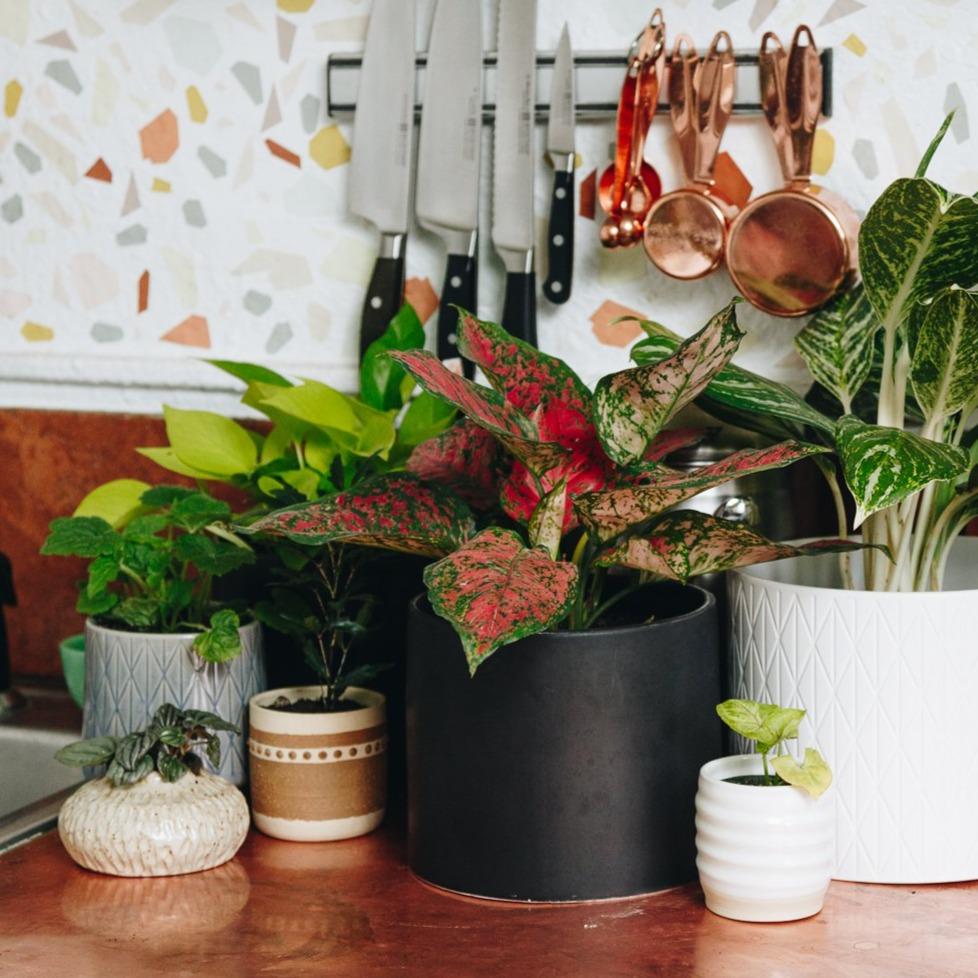
Ideal Conditions for Mealybugs
Apart from plant stress mealybugs are also more likely to appear when conditions are best for them. Mealybugs prefer:
- Warm Temperatures: Mealybugs prefer temperatures between 70°F to 80°F but can survive in a range of temperatures.
- High Humidity: Mealybugs do well in environments with high humidity levels, as it helps prevent desiccation and allows for the development of their waxy protective coating.
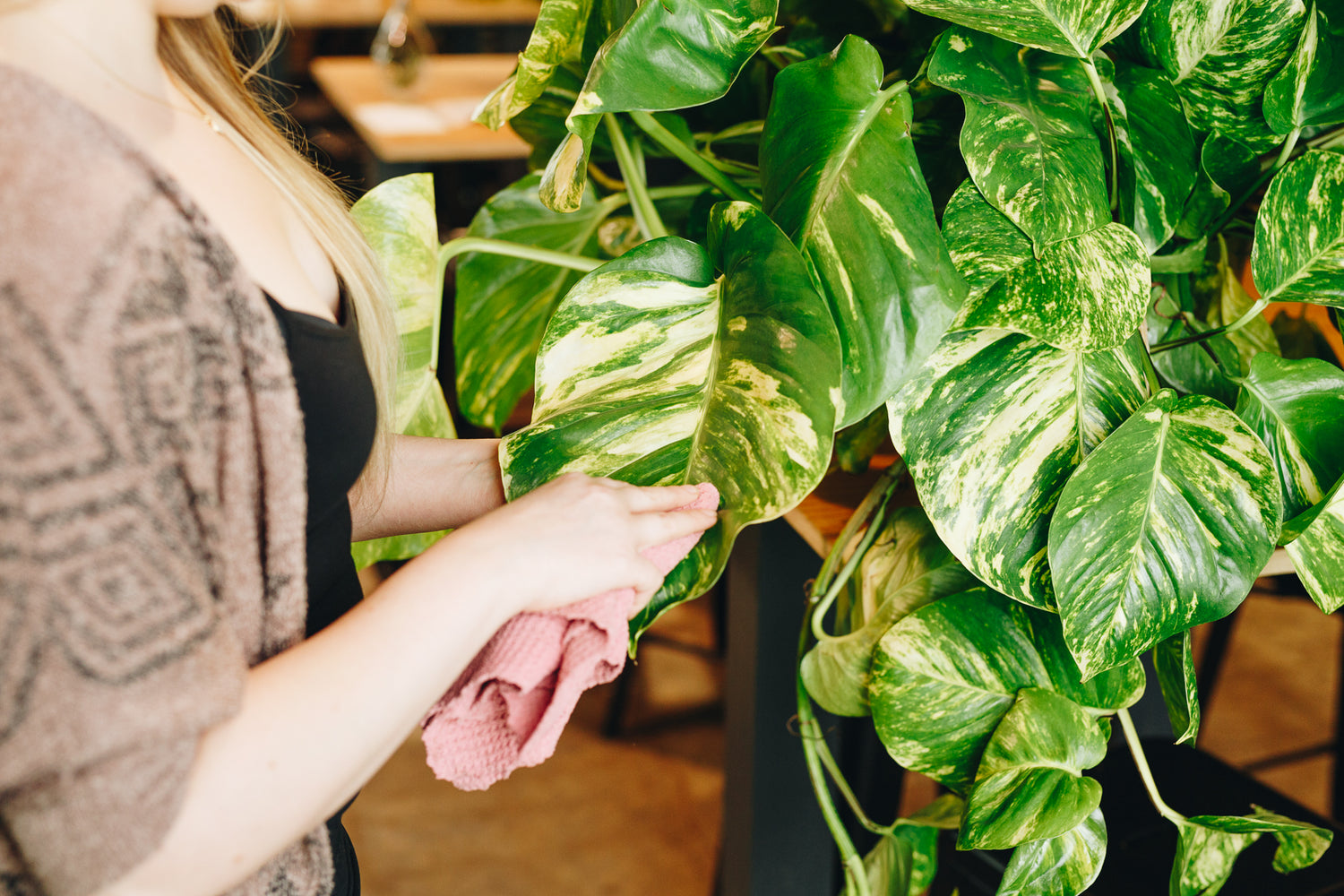
Natural Treatments
You can effectively combat mealybug infestations with natural and eco-friendly remedies:
- Rubbing Alcohol: Dab a cotton swab or cloth in rubbing alcohol and gently wipe mealybugs off the affected plant parts.
- Homemade Soap Solution: Mix mild liquid soap with water and spray it on the affected areas. The soap helps suffocate and remove mealybugs.
- Hydrogen Peroxide: Dilute Hydrogen Peroxide l with water and use to wipe the solution on the affected plant parts. It's an effective mealybug killer.
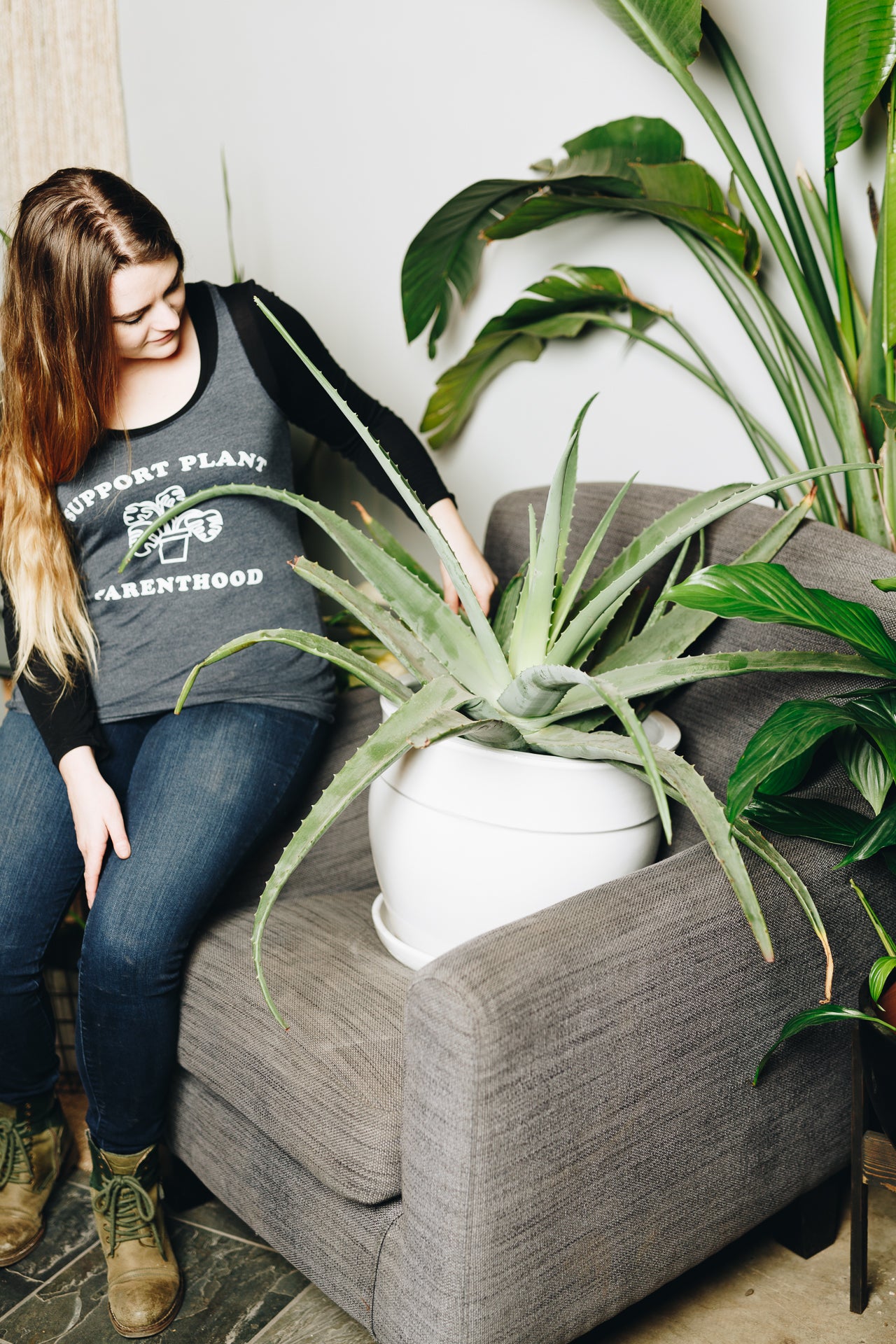
We're here to help!
If mealybugs are overwhelming your cherished plants, don't despair. Our shop offers pest treatment services to rescue your leafy friends. We understand the frustration that comes with managing mealybugs, and we're here to provide expert assistance when you need it. Your plants garden be a source of joy, not worry, and we're here to ensure your plants thrive.
Blogs you might like to read

